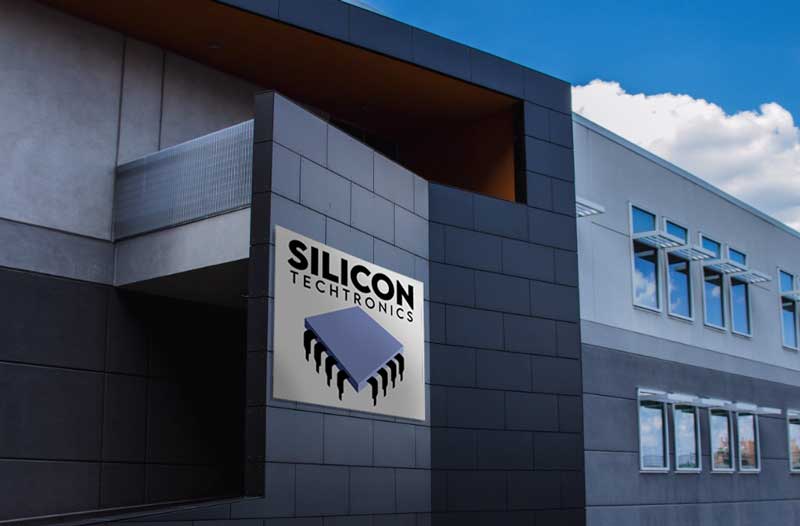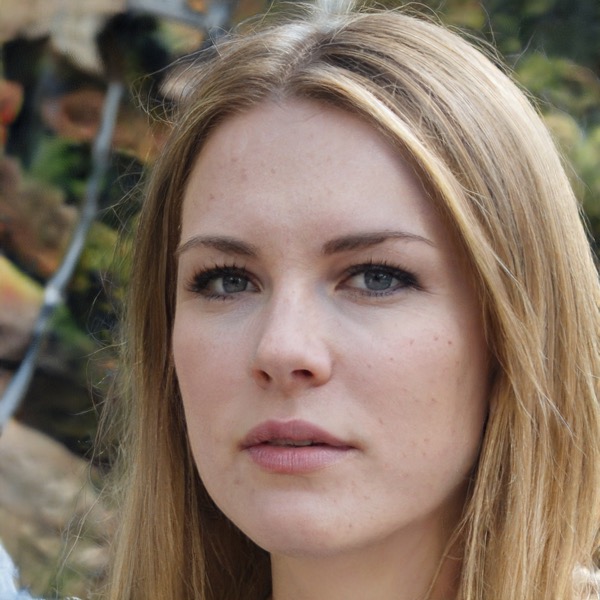‘Killer Robot’ Project Mired in Controversy Right from Start
Warring Factions Fought Over How Project Should Proceed
Special to the SILICON VALLEY SENTINEL-OBSERVER, Silicon Valley, USA
Two groups, committed to different software development philosophies, nearly came to blows during the initial planning meetings for Robbie CX30, the Silicon Techtronics robot which killed an assembly line worker last May. At issue was whether the Robbie CX30 project should proceed according to the “waterfall model” or the “prototyping model.”

The waterfall model and the prototyping model are two common methods for organizing a software project. In the waterfall model, a software project goes through definite stages of development. The first stage is requirements analysis and specification, during which an attempt is made to arrive at an agreement concerning the detailed functionality of the system. As the project passes from one stage to the next, there are limited opportunities for going back and changing earlier decisions. One drawback of this approach is that potential users do not get a chance to interact with the system until very late in the system’s life cycle.
In the prototyping model, great emphasis is placed on producing a working model or prototype early during the life cycle of a system. The prototype is built for the purpose of arriving at a final specification of the functionality of the proposed system. Potential users interact with the prototype early and often until the requirements are agreed upon. This approach affords potential users the opportunity to interact with a prototype system early during the development cycle and long before the final system is designed and coded.
In a memo dated December 11th of the year before last, Jan Anderson, a member of the original Robbie CX30 project team, bitterly attacked the decision of the project manager, Sam Reynolds, to employ the waterfall model. The Sentinel-Observer has obtained a copy of Anderson’s memo, which is addressed to Reynolds, and Anderson verified the authenticity of the memo for this reporter.
Reynolds fired Anderson on December 24th, just two weeks after she wrote the memo.
The Anderson memo refers to an earlier meeting at which an angry exchange occurred relating to software development philosophy. Anderson underlined the following passage in her memo:
“I did not intend to impugn your competence at our meeting yesterday, but I must protest most vehemently against the idea that we complete the Robbie CX30 software following the waterfall model which you have used in previous projects. I need not remind you that those were data processing projects involving the processing of business transactions. The Robbie CX30 project will involve a high degree of interaction, both between robot components and between the robot and the operator. Since operator interaction with the robot is so important, the interface cannot be designed as an afterthought.”
Randy Samuels, who has been charged with manslaughter in the death of robot operator Bart Matthews, father of three, was in attendance at the December 11th meeting.
In a conversation with this reporter, Anderson said that Samuels did not have much to say about the waterfall-prototyping controversy, but she did state that she would give her “eye teeth” to have Samuels exonerated.
“The project was doomed long before Samuels misinterpreted those formulas,” Anderson stated emphatically, in the living room of her suburban townhouse.
In her conversation with this reporter, Anderson did her best to explain the waterfall-prototyping controversy in lay terms. “The main issue was really whether we could agree on the system requirements without allowing actual robot operators to get a feel for what we had in mind. Reynolds has been in the data processing business for three decades and he’s good at that, but he never should have been made manager of this project.”
According to records obtained by the Sentinel-Observer, Silicon Techtronics moved Sam Reynolds from the Data Processing Division, which took care of inventory and payroll, to the Robotics Division just three weeks before the December 11th meeting alluded to in Anderson’s memo.
Reynolds was moved to the Robotics Division by Silicon Techtronics president Michael Waterson. Reynolds was replacing John Cramer, who managed the earlier Robbie projects, CX10 and CX20. Cramer was placed in charge of CX30, but he died unexpectedly in a skydiving accident. In placing Reynolds in charge of the CX30 project, our sources tell us that Waterson was going against the advice of Ray Johnson, Robotics Division Chief.


According to these sources Johnson strongly opposed Reynolds’ choice as head of the Robbie CX30 project. These sources tell the Sentinel-Observer that Waterson’s choice of Reynolds was purely a cost-saving decision. It was cheaper to move Reynolds to the Robotics Division than to hire a new project leader from outside the corporation.
The anonymous source that the Sentinel-Observer calls ‘Martha’ described the situation in this way: “Waterson thought it would be cheaper to move Reynolds to robotics rather than try to find a new manager for the Robbie project from outside. Also, Waterson tended to be suspicious of people from the outside. He often sends down memos about how long it takes people to master ‘the Silicon Techtronics way of doing things’. In Waterson’s view, Reynolds was a manager and he was moved to his new position in Robotics as a manager and not as a technical expert. Clearly, Reynolds saw himself as both a manager and as a technical expert. Reynolds was not aware of his own technical limitations.”
According to Martha, Reynolds was very reluctant to manage a project which would not use the waterfall model which had served him so well in data processing. He attacked prototyping as a “fad” at the meeting on December 11th and after a few verbal exchanges back and forth things got pretty personal.
“Anderson was especially vocal,” Martha recalled. “She had lots of experience with user interfaces and from her perspective, the operator-robot interface was critical to the success of CX30 since operator intervention would be frequent and at times critical.”
In her interview with the Sentinel-Observer, Jan Anderson commented on this aspect of the December 11th meeting: “Reynolds was vehemently opposed to ‘wasting time’ — to use his words — on any kind of formal analysis of the user interface and its human factors properties. To him, user interfaces were a peripheral issue.”
“Anything new was a ‘fad’ to him [Reynolds],” Anderson added. “Computer interfaces were a fad, object-oriented design was a fad, formal specification and verification techniques were a fad, and most of all, prototyping was a fad.”
Exactly one week after the December 11th meeting, the Robbie group received a memo from Sam Reynolds concerning the project plan for the Robbie CX30 project.
“It was the waterfall model, right out of a textbook,” Anderson told this reporter as she reviewed a copy of the project plan memo. “Requirements analysis and specification, then architectural design and detailed design, coding, testing, delivery and maintenance. In Reynolds’ view of things, there was no need to have any user interaction with the system until very, very late in the process.”
The Sentinel-Observer has learned that the very first operator to actually use the Robbie CX30 robot in an industrial setting was Bart Matthews, the man who was killed in the killer robot tragedy. This initial use of Robbie CX30 in an industrial setting was covered by the media, including this newspaper. In a great irony, the Silicon Techtronics Annual Report for Shareholders, published last March, has a picture of a smiling Bart Matthews on its glossy front cover. Matthews is shown operating the very same Robbie CX30 robot which crushed him to death barely two months after the photograph was taken.
 by Mabel Muckraker
by Mabel Muckraker